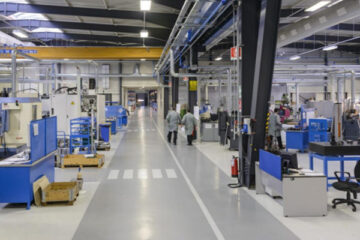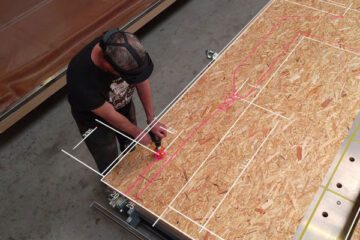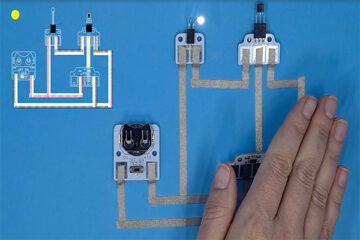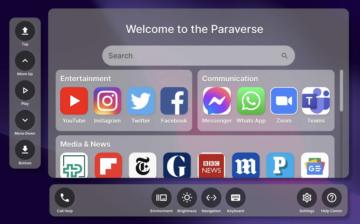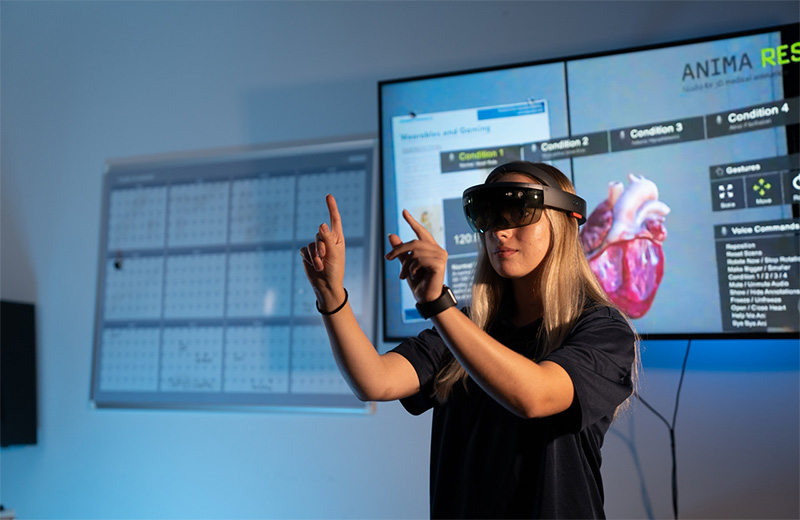
Usability is an essential prerequisite for any successful AR application. If any aspect of the application – from the cognitive impact on the user to the comfort of the AR device – has a significant negative impact on usability, it could discourage user acceptance and limit projected productivity gains and return-on-investment.
But how can organizations pursuing an AR application evaluate a solution’s usability? To answer that question, the AREA Human Factors Committee has undertaken the development of an AR and MR Usability Heuristic Checklist. Driven by Jessyca Derby and Barbara S. Chaparro of Embry-Riddle Aeronautical University and Jon Kies of Qualcomm, the Checklist is intended to be used as a tool for practitioners to evaluate the usability and experience of an AR or MR application.
The AR & MR Usability Heuristic Checklist currently includes the following heuristics:
- Unboxing & Set-Up
- Help & Documentation
- Cognitive Overload
- Integration of Physical and Virtual Worlds
- Consistency & Standards
- Collaboration
- Comfort
- Feedback
- User Interaction
- Recognition Rather than Recall
- Device Maintainability
The team is in the process of validating these heuristics across a range of devices and applications. So far, they have conducted evaluations with head-mounted display devices (such as Magic Leap and HoloLens), mobile phones, educational applications, and AR/MR games; see their recent journal article for more information.
To further ensure that the breadth of the AR and MR Usability Heuristic Checklist remains valuable across domains and devices, they are in the process of conducting further validation that will consider:
- Privacy
- Safety
- Inclusion, Diversity, and Accessibility
- Technical aspects of designing for AR and MR (e.g., standards for 3D rendering)
- Standards for sensory output (e.g., tactile feedback, spatial audio, etc.)
- Applications that involve multiple users to collaborate in a shared space
- A range of devices (e.g., AR and MR glasses such as Lenovo’s Think Reality A3)
In the coming months, the team will move on to identifying and obtaining applications and/or hardware that touch on the areas outlined above. They will then conduct heuristic evaluations and usability testing with the applications and/or hardware to further refine and validate the Checklist. The final step will be to establish an Excel-based toolkit that will house the Checklist. This will enable practitioners to easily complete an evaluation and immediately obtain results.
Upon completion of the project, the AR and MR Usability Heuristic Checklist will become a vital resource for any organization considering the adoption of AR. If you would like to learn more or have an idea for an application that could be included in this validation process, please contact Dr. Barbara Chaparro or Jessyca Derby.
- SEO Powered Content & PR Distribution. Get Amplified Today.
- Platoblockchain. Web3 Metaverse Intelligence. Knowledge Amplified. Access Here.
- Source: https://thearea.org/ar-mr-usability-heuristic-checklist-blog-article/
- 3d
- 3D Rendering
- a
- above
- acceptance
- across
- Adoption
- and
- answer
- Application
- applications
- AR
- AREA
- areas
- aspect
- aspects
- audio
- become
- breadth
- cognitive
- collaborate
- comfort
- coming
- complete
- completion
- Conduct
- conducting
- Consider
- considering
- contact
- could
- Currently
- designing
- developing
- Development
- device
- Devices
- Display
- Diversity
- domains
- driven
- easily
- educational
- enable
- ensure
- essential
- establish
- etc
- Ether (ETH)
- evaluate
- evaluation
- evaluations
- experience
- factors
- feedback
- final
- following
- from
- further
- Gains
- Games
- Group
- Hardware
- HoloLens
- House
- How
- HTTPS
- human
- human factors
- idea
- identifying
- immediately
- Impact
- in
- included
- includes
- information
- involve
- IT
- journal
- LEARN
- LIMIT
- magic
- Magic Leap
- Mobile
- mobile phones
- months
- more
- move
- multiple
- negative
- obtaining
- organization
- organizations
- outlined
- phones
- physical
- plato
- Plato Data Intelligence
- PlatoData
- please
- process
- productivity
- project
- projected
- question
- range
- Reality
- recent
- remains
- rendering
- resource
- Results
- shared
- significant
- So
- so Far
- Spatial
- standards
- Step
- successful
- such
- team
- Testing
- The
- to
- tool
- toolkit
- touch
- usability
- User
- users
- VALIDATE
- validation
- Valuable
- Virtual
- vital
- will
- would
- zephyrnet

